
How Ultrasound is Transforming Power Supply in Medical Devices
With the surge in demand for implantable medical devices and other electronic systems that operate underwater, reliable power supply solutions are more vital than ever. Traditional methods of wireless charging such as electromagnetic induction and radio frequency have faced limitations, especially for devices that need to be in direct contact with human tissues. They often suffer from short transmission ranges and inefficiencies that can hinder medical applications.
Introducing a New Era of Wireless Charging Technology
To address these challenges, researchers, including a team led by Dr. Sunghoon Hur from the Korea Institute of Science and Technology, have proposed a groundbreaking solution: using ultrasound technology for wireless power transfer. This method distinguishes itself by being less absorbed by biological tissues, resulting in improved reliability for energy transfer in wearable and implantable devices.
The Benefits of a Flexible Biocompatible Ultrasonic Receiver
A recent study published in Advanced Materials highlights the development of a flexible, biocompatible ultrasonic receiver. This innovative device maintains excellent performance even when bent, thus ensuring seamless integration into body-inserted medical devices. This finding is significant as it marks a pivotal step toward commercializing ultrasonic wireless charging technologies.
Breaking Ground with Enhanced Power Conversion Efficiency
One of the key advancements the researchers made was in maximizing power conversion efficiency. By utilizing high-efficiency piezoelectric materials accompanied by a unique structural design, they were able to significantly enhance the performance of the ultrasonic receiver. For health practitioners, this means that next-generation wearable and implantable technologies could potentially have longer lifespans and reduced risks associated with battery maintenance.
Real-World Applications: A Look Ahead
The implications for the healthcare sector are substantial. The adoption of ultrasonic wireless charging technology could pave the way for a variety of applications. From implantable devices that can recharge themselves without had to worry about skin penetrations for charging to wearable devices that can provide feedback on critical health metrics, the potential benefits are enormous.
Understanding the Challenges Ahead
Despite the promising nature of these technologies, certain challenges still loom. Regulatory hurdles surrounding new medical devices can slow their introduction to the market. Moreover, the medical community must also ensure that these ultrasonically charged devices maintain high standards of patient safety. However, understanding these dynamics can better equip health practitioners to navigate the changing landscape effectively.
Encouraging Future Innovations
As health tech continues to evolve, staying informed about advancements like ultrasonic power transfer solutions allows concierge health practitioners to remain proactive. They can leverage these innovations in their practices, providing patients with more robust options for management and treatment.
In conclusion, as we further explore how ultrasonic energy can efficiently power next-generation medical devices, practitioners should be prepared for the transformation these technologies promise. Ensuring continuous patient care while minimizing the hassle of frequent battery replacements represents a significant leap in patient-centered healthcare Lösungen.
Stay ahead of the curve to ensure your practice benefits from the latest in healthcare technologies, sign up for updates about upcoming innovations and best practices in implantable devices and wearable tech today.
 Add Row
Add Row  Add
Add 


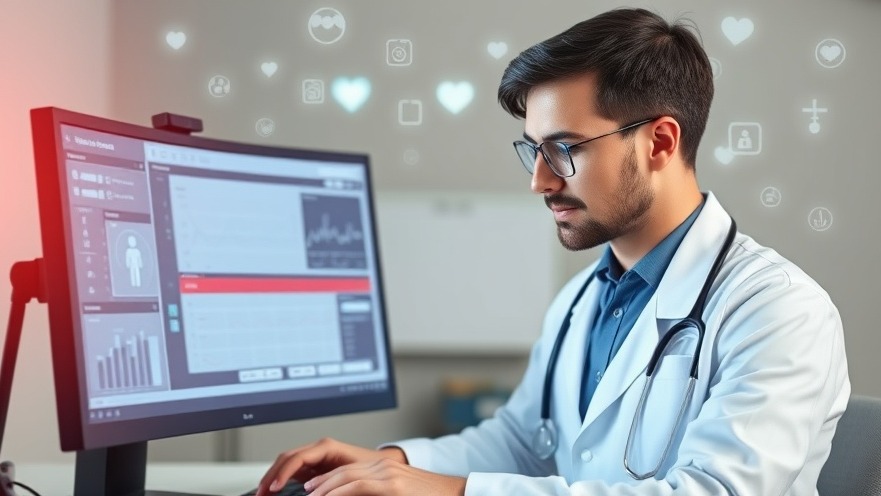
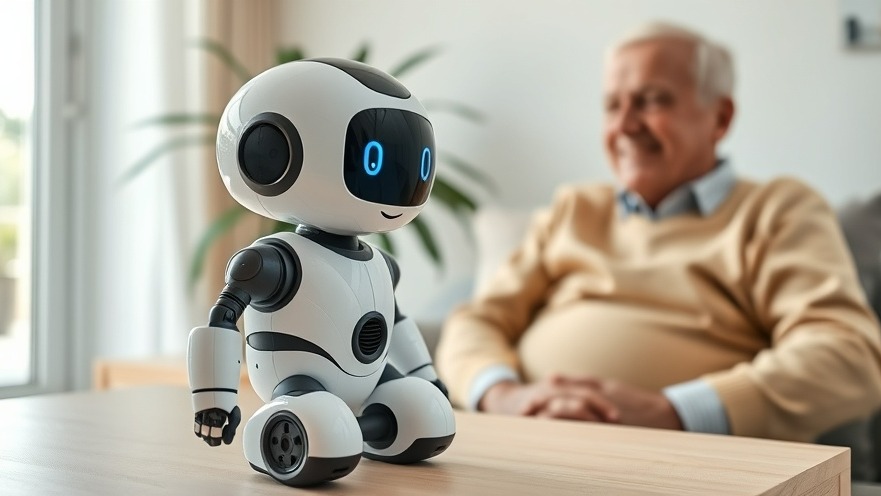
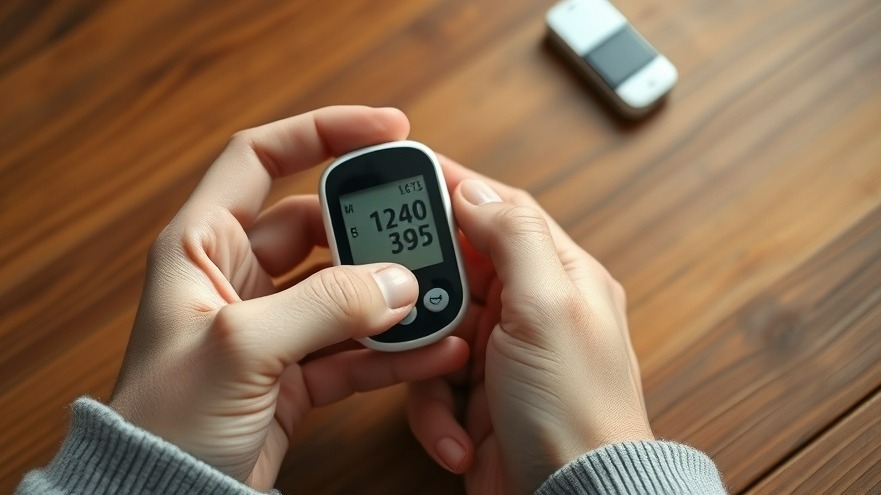



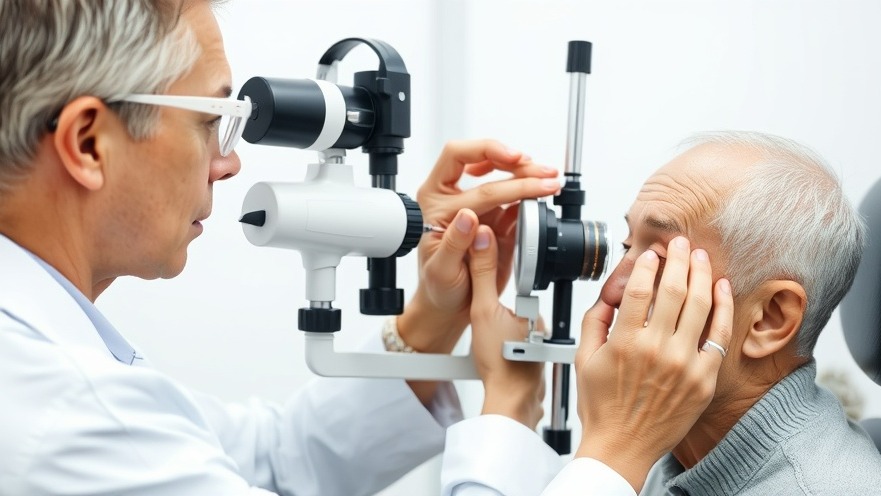

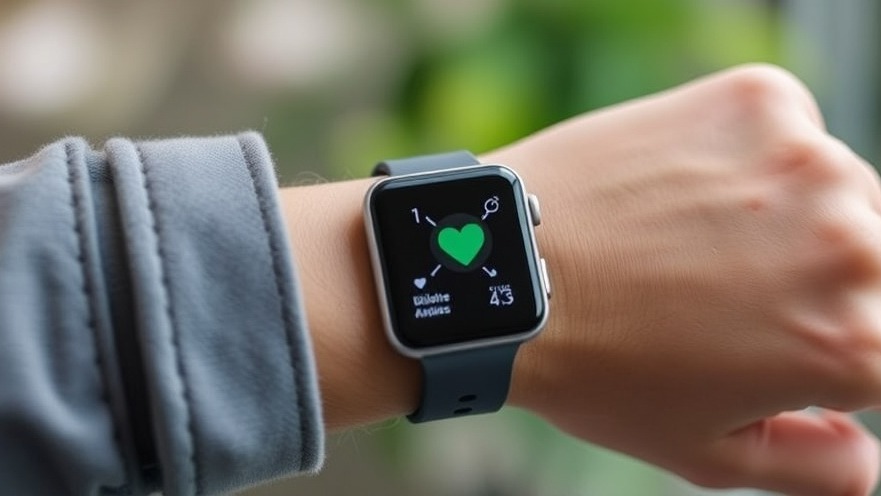



Write A Comment